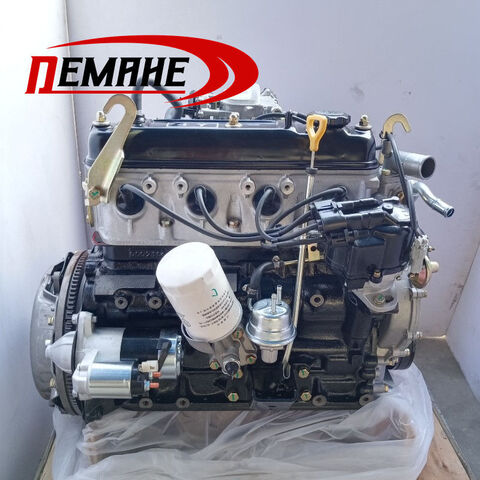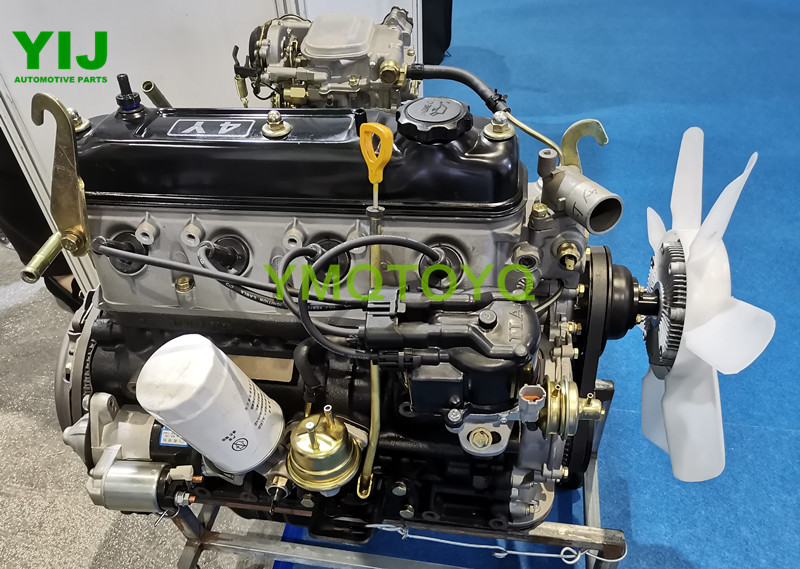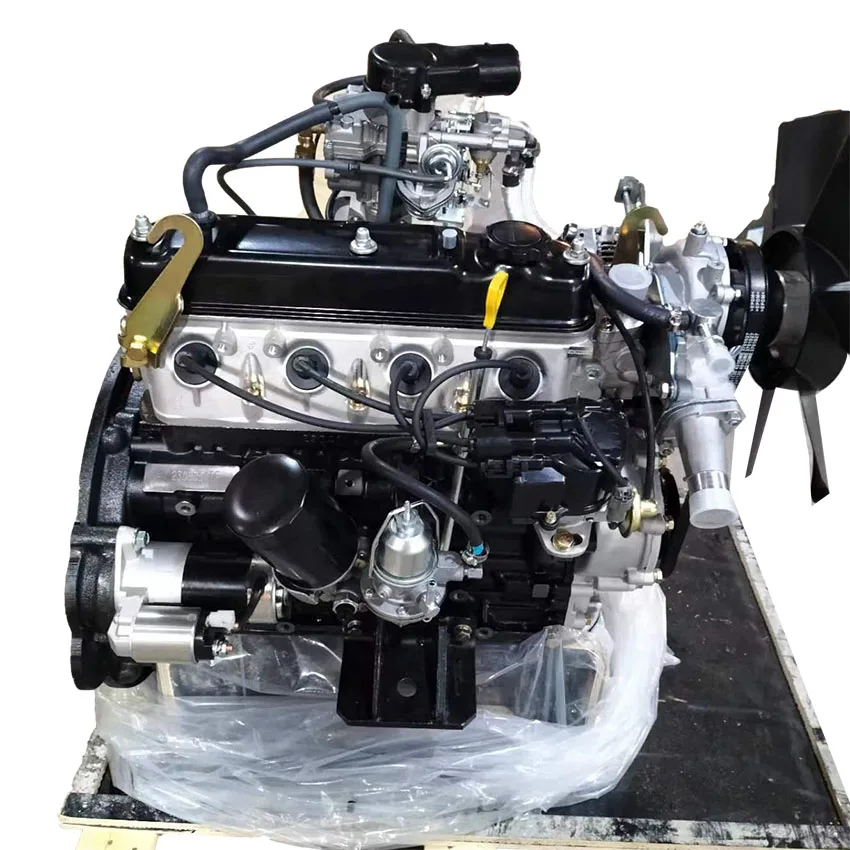Why the Engine Is the very best Choice for Performance and Performance in Your Vehicle
The engine remains a crucial element in vehicle design, mostly because of its considerable influence on both performance and effectiveness. As advancements in technology make it possible for smaller engines to supply impressive power while enhancing fuel economic climate, the combination of attributes such as turbocharging and hybrid systems comes to be increasingly important. These innovations not only boost driving experience but additionally address environmental concerns. Nonetheless, the concern arises: just how do these aspects integrate to redefine our understanding of automotive performance? Discovering this equilibrium exposes much deeper understandings right into the future of engine layout.
Comprehending Engine Kind
Comprehending the different sorts of engines is critical for maximizing efficiency and performance in vehicle style. The main engine types include internal combustion engines (ICE), electrical engines, and crossbreed systems, each offering distinctive benefits and restrictions.
Internal combustion engines, which can be more classified right into gas and diesel variants, rely on the burning of gas to produce power. Gas engines usually offer greater RPMs and much better acceleration, while diesel motor are recognized for their torque and fuel efficiency, making them perfect for heavy-duty applications.
Electric engines, on the various other hand, use electric motors powered by batteries or gas cells. They use instant torque delivery, causing smooth velocity and lower exhausts. The effectiveness of electric engines is significantly more than that of ICEs, making them a prominent choice for eco-conscious customers.
Hybrid systems incorporate both interior combustion and electrical engines, leveraging the staminas of both technologies. They enhance fuel intake by utilizing electrical power at lower rates and changing to gasoline or diesel for greater rates or much heavier lots.
Selecting the right engine type is essential for attaining desired efficiency metrics and environmental sustainability in contemporary automotive design.
The Impact of Engine Dimension
Engine size often plays a pivotal function in identifying an auto's performance and effectiveness. Usually determined in litres or cubic centimeters, engine size directly affects the power result and torque qualities of a lorry. Bigger engines usually generate more horsepower, making it possible for greater acceleration and greater leading speeds. This is especially useful in applications requiring robust efficiency, such as sporting activities vehicles and sturdy vehicles.
However, boosted engine dimension typically correlates with decreased fuel effectiveness. Bigger engines take in even more gas, causing greater exhausts and functional prices. Producers should balance the demand for power with the need for gas economic situation. Smaller sized engines can provide appropriate performance for daily driving while promoting better performance, making them a preferred selection in mid-size and small cars.
Additionally, innovations in engine style, such as turbocharging and direct gas injection, permit smaller sized engines to achieve power degrees similar to their bigger equivalents. This trend stresses the value of not solely concentrating on engine size yet likewise considering general vehicle layout and innovation (4y engine). Ultimately, the effect of engine dimension on performance and performance highlights the demand for consumers to assess their certain driving choices and needs when picking a car
Advanced Engine Technologies
Innovations in engine innovations have actually significantly reshaped the landscape of vehicle efficiency and efficiency, building upon the fundamental principles developed by engine size. Notably, improvements such as turbocharging and straight gas injection have allowed smaller sized engines to supply power degrees formerly connected with larger counterparts. Turbochargers compress air going into the engine, enabling increased power output without a matching boost in engine dimension, while straight shot maximizes gas distribution, boosting burning performance.
Additionally, variable shutoff timing systems have emerged as a vital innovation, enabling engines to change valve operation based on driving conditions. This adaptability improves both performance throughout velocity and gas efficiency throughout travelling. Crossbreed and electrical engine technologies better show the shift in automobile design, combining standard internal burning engines with electric motors to make best use of performance while lowering discharges.
Moreover, improvements in materials science have actually caused lighter, a lot more resilient engine components, better boosting performance and longevity. The assimilation of sophisticated electronics and engine control devices likewise enables for real-time adjustments, making certain ideal performance throughout various problems. Collectively, these advanced engine modern technologies not only boost automobile performance yet likewise add to a much more sustainable vehicle future, demonstrating the recurring evolution of engine layout.
Balancing Power and Performance
Striking a balance in between power and effectiveness is crucial in contemporary automotive style as manufacturers look for to meet progressively stringent emissions guidelines while pleasing consumer need for performance (4y engine). The difficulty hinges on enhancing engine features to deliver durable power result without sacrificing fuel economic situation
To accomplish this equilibrium, designers employ different approaches, such as turbocharging, which improves engine power forcibly in even more air, enabling a smaller sized engine variation that improves fuel effectiveness. Variable shutoff timing technologies likewise play a substantial duty, enabling engines to change their efficiency features based on driving conditions, consequently boosting both power and performance.
Furthermore, developments in products and making strategies have resulted in lighter engine elements, which minimize general lorry weight and boost gas efficiency without compromising power. Hybrid innovations have likewise emerged as a feasible option, incorporating typical inner burning engines with see electrical powertrains to give an increase in efficiency while keeping reduced exhausts.

Future Fads in Engine Style

Furthermore, the growth of sophisticated products, such as high-strength alloys and lightweight compounds, is set to change engine elements. These products not only lower weight but additionally improve thermal performance, thereby enhancing performance. Furthermore, suppliers are exploring variable compression proportions, allowing engines to adapt to various driving problems, enhancing both power outcome and gas economic climate.
Better, the rise of expert system and machine discovering in engine layout is enabling predictive upkeep and real-time efficiency optimization. resource This technology can result in engines that self-adjust for optimal performance based on driving patterns.

Conclusion
In final thought, the engine works as a critical component in achieving ideal performance and effectiveness in modern-day lorries. Advanced technologies, such as turbocharging and hybrid systems, enhance power output while reducing fuel usage and discharges. The interplay between engine size and design continues to develop, driving developments that balance exciting performance with ecological sustainability. As automotive engineering progresses, the concentrate on creating reliable, effective engines will certainly stay vital in forming the future of transportation.
In addition, improvements in engine design, such as turbocharging and direct gas injection, allow smaller sized engines to accomplish power levels equivalent to their bigger counterparts.Innovations in engine modern technologies have significantly improved the landscape of vehicle performance and performance, building upon the fundamental ideas established by engine dimension. Turbochargers compress air my website getting in the engine, enabling for increased power result without a matching increase in engine dimension, while direct shot optimizes gas delivery, boosting combustion performance.
Hybrid and electrical engine technologies better show the change in automobile design, integrating traditional interior burning engines with electric motors to maximize effectiveness while reducing discharges.
Jointly, these sophisticated engine modern technologies not only enhance lorry performance however additionally contribute to a much more lasting automotive future, demonstrating the recurring evolution of engine style. (4y engine)